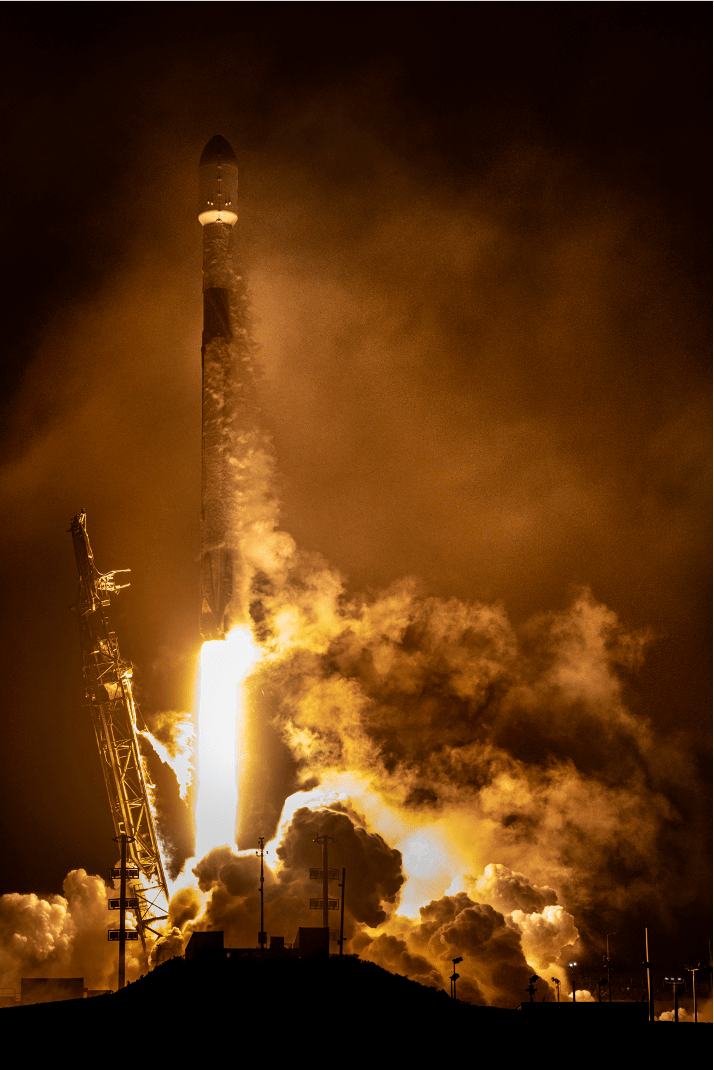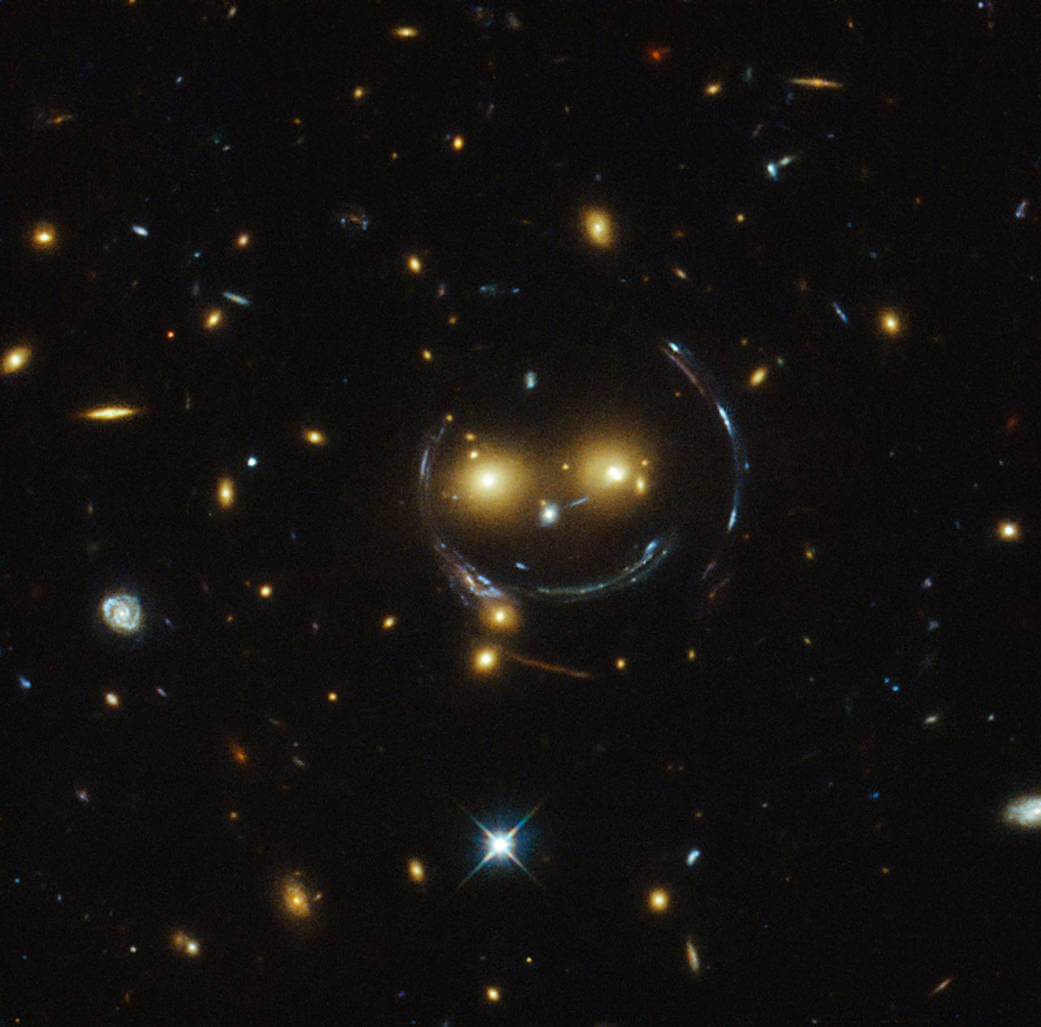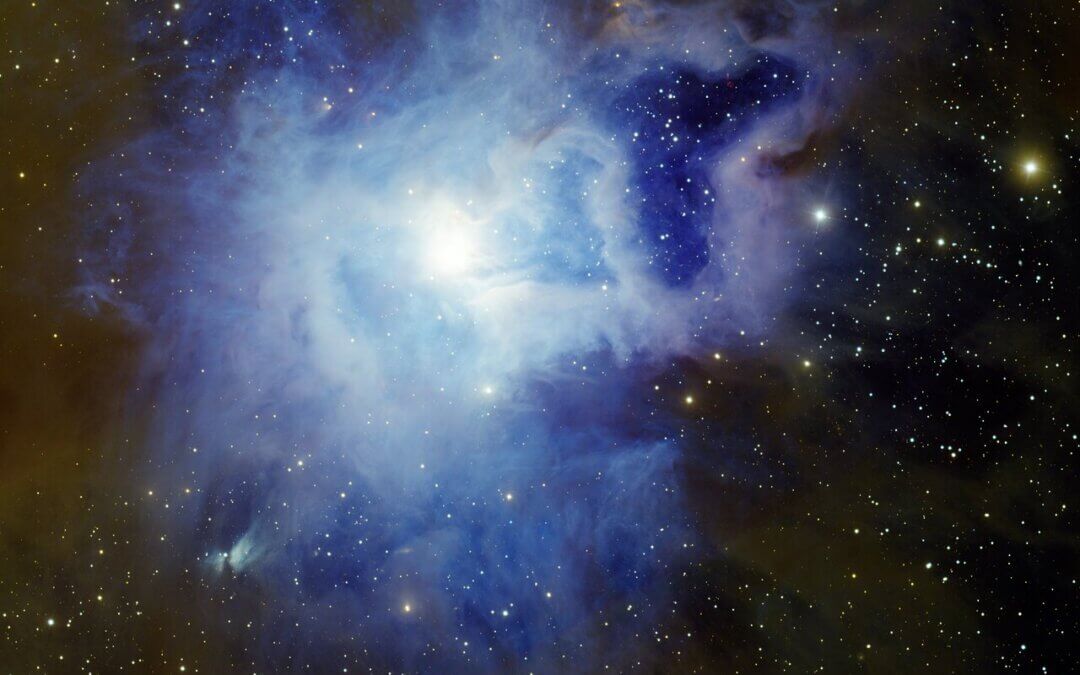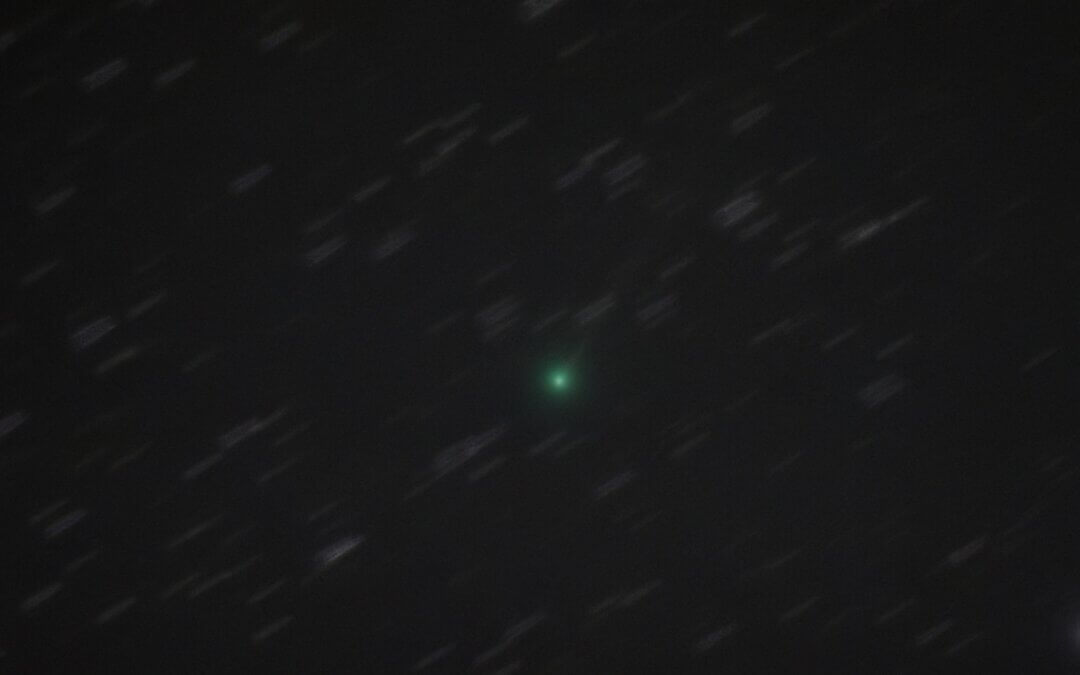If a massive comet was headed straight toward the Earth, could we stop it in time to save humanity? It’s a theme that’s been explored in more than one Hollywood blockbuster, though we fare better in some movies than in others. Count “Don’t Look Up,” the most recent massive-impact thriller, as one of the more pessimistic takes on the subject.
In the movie, two astronomers, played by Leonardo DiCaprio and Jennifer Lawrence, discover a huge comet headed toward our planet and race to sound the alarm. Unfortunately, even after alerting the Planetary Defense Coordination Office to the threat, their efforts are met with little success as politicians, business leaders, and even top scientists, try to use the impending catastrophe to advance their own agendas. We won’t spoil whether they ultimately succeed in saving humankind — but, suffice to say, we hope we’re a little better prepared should the movie play out in real life!
Thankfully, scientists at NASA have been planning how to handle asteroid and comet impacts for years now. There are a few potential options for diverting hazardous Near-Earth Asteroids, like breaking them apart with nuclear weapons, using the gravity of another large object to pull them off course, or crashing a spacecraft into them.
If we do look up on September 26, we’ll have a chance to see that last technique put into practice. At 7:14 EDT, NASA’s Double Asteroid Redirection Test (DART) mission will crash a spacecraft into one half of the binary asteroid Didymos, nudging it off course. The asteroid poses no threat to Earth, but DART is testing a very real strategy for deflecting an incoming asteroid. Smashing even a small spacecraft into an orbiting body could be enough to alter its course, averting a potential impact. It’s something that scientists try in “Don’t Look Up” as well, but with the goal of breaking the comet into smaller, less destructive pieces. However, they don’t get very far – their spacecraft-carrying-rockets are turned back to Earth as soon as people realize how much profit the comet could produce. Let’s hope we do better in real life!

Credit: NASA/ JHU APL. The DART launch.
If you want to watch the DART mission’s thrilling conclusion for yourself, you can use your Unistellar telescope to watch the action unfold on September 26.

The fictional rocket launch in Don’t Look Up.
Further readings
3 Reasons to observe this month
Entdecken Sie jeden Monat drei faszinierende Himmelsereignisse, die Sie mit Ihrem Unistellar-Teleskop beobachten können.
Unistellar Community Included In Multiple Scientific Papers
Did you know Unistellar Citizen Astronomers are often cited in published scientific papers? Find out how you can contribute too!
Neues Update der Unistellar-App: Version 3.0
The latest Unistellar App Update, version V3.0, is now live. Explore a smooth stargazing experience
Halloween Observing Guide: Spooky Deep-Sky Objects
These Halloween deep-sky objects will add some light to those dark, spooky nights. Treats, tricks, and telescopes await!
Fall Into Cygnus and More With September Deep-Sky Objects
Unistellar’s September targets include a bevy of star clusters and nebulae of all sorts. Celebrate stars in all stages of life this month!
See Newfound Comet Nishimura Before it’s Too Late!
Catch newly discovered comet C/2023 P1 (Nishimura) before it flies too close to the Sun and potentially disintegrates!





